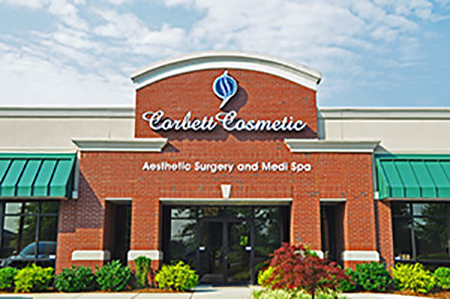It’s not a very common request but occasionally I see a woman with very long nipples. As long as an inch. Their complaints are usually that they are always visible through their shirt and that they get irritated by the bra, particularly while exercising.
There is a corrective surgery and it is quite simple. For comfort, I usually do this in the operating room. A lot of times I will do it when women are already having some other breast surgery, like an augmentation, lift or reduction. The surgery only takes about 15-20 minutes. There really is no recovery and the sutures I use do not have to be removed. It is very user friendly and well tolerated.
Lee Corbett, MD
www.CorbettCosmeticSurgery.com
The posts on this blog are presented by Louisville, KY Breast Augmenation specialist, Dr. Lee Corbett



